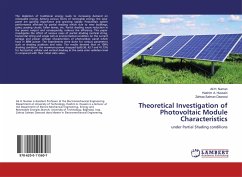Solar radiation and daily temperature fluctuation originated non-linear temperature distribution through the depth of the box girder bridge structures cause significant stress development in addition to the ones caused by other load effects such as dead, live and uniform temperature loading on concrete superstructure. Unfortunately, the significance of hourly temperature gradient changes on segmental bridge design had not been addressed in detail for Turkish bridge design mainly due to the lack of a Turkish solar zone map and limited awareness of engineers on computation methods. The aim of this study is to construct a new solar zone map for Turkey to assess the magnitude of non-linear temperature gradient to be used in thermal analysis of segmental concrete bridges and outline a comprehensive analysis method. In this scope, temperature and solar radiation changes at sixteen Turkish cities representing different geographies are evaluated to form the boundaries of solar zone regions on Turkish country map and obtain corresponding temperature gradient loading.







